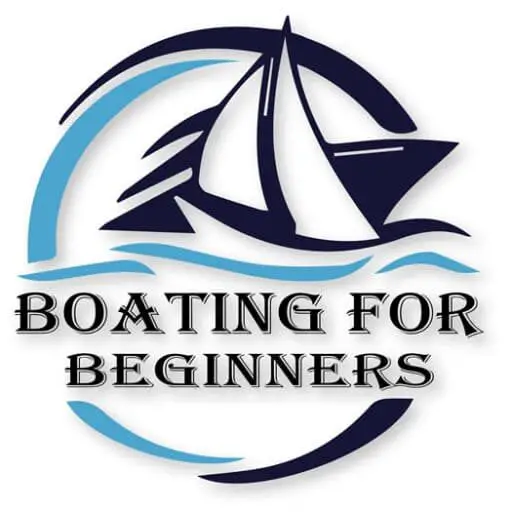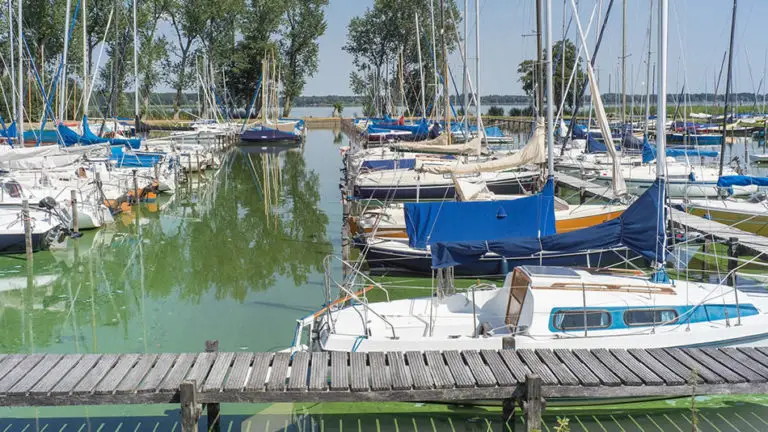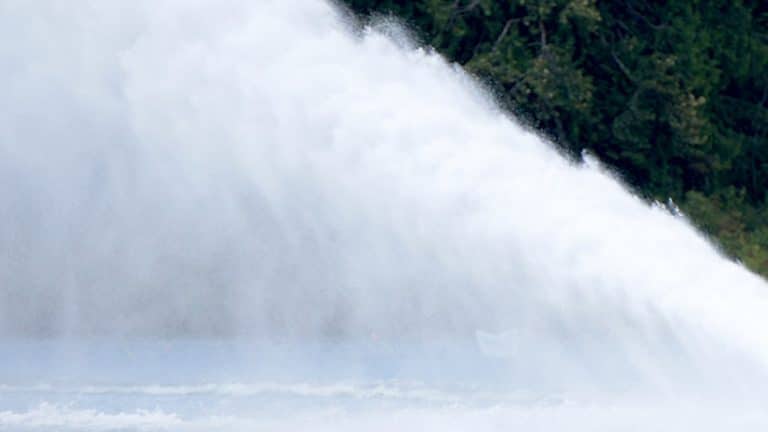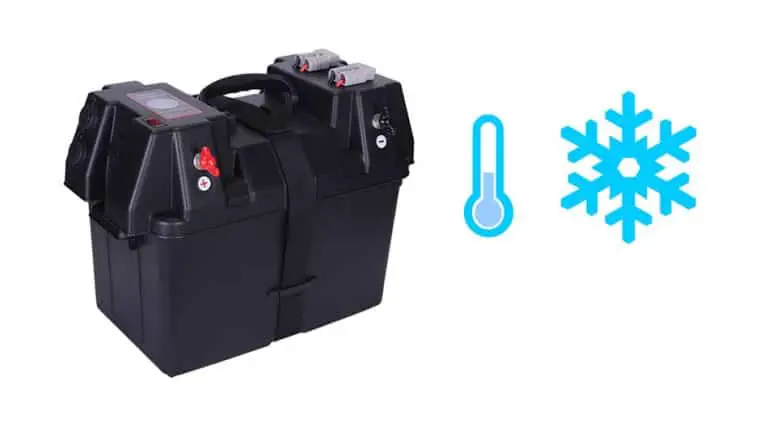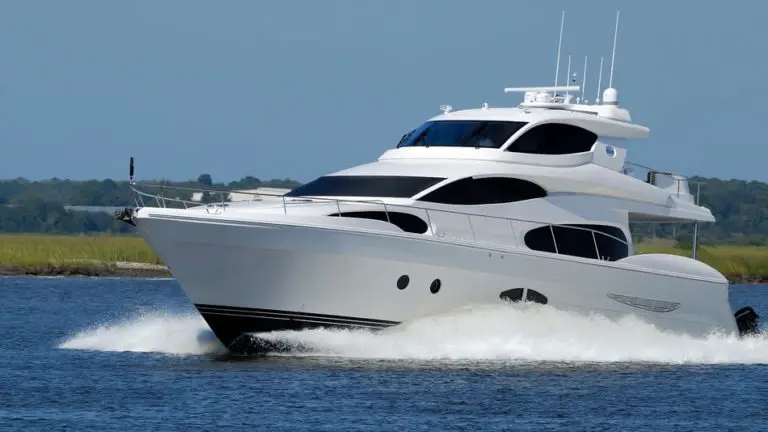Trolling Fishing – A Complete Guide For Beginners
For a lot of people fishing is an art, and finding the right method to catch a lot of fish can definitely take a while. But then again some methods are better than others. In many cases trolling is widely known as one of the best ways to start fishing, but for some people, it’s really challenging to get used to. In this article, we will talk about trolling fishing, how you can do it and what type of benefit can you get from it.
What Is Trolling Fishing?
Trolling is a very popular fishing method. In this case, you draw one or more fishing lines through the water. The thing that makes this method unique is that you use baitfish or lures to bring in more and more fish towards your position. Most of the time trolling works if you have a moving boat. But you can also use it from a static position if you want. However, in this particular situation, you do need to wind the line or sweep it from side to side, which is extremely important and rewarding.
If you start trolling fishing, you usually expect to catch kingfish, mackerel, salmon and many other types of pelagic fish. These are very interesting to catch, and trolling is great for them because they tend to explore the seas in a group. That’s why you do need to go well beyond the shoreline if you want to attempt trolling, as you get to have more success in those places. You can use trolling fishing near the shore too, but a lot of people found that going on the sea will actually make the process better and more convenient for you.
How Long Will a Battery Last With a Trolling Motor?
Usually, most marine batteries are rated with a metric that’s named amperage hours. This shows just how many hours the battery can supply power at a consistent amperage. That’s why it mostly depends on the motor, because the larger the rating is, the more power the battery will hold. Of course, the overall speed is also something that you have to take into consideration too.
As you can see from this list, the battery running times will differ a lot based on the amperage of your motor, thrust and other factors. But you can expect the trolling battery to run anywhere from 1 hour to 3 hours or sometimes even more than that. You do need to pay attention to the way you use the motor if you want to increase the battery life naturally.
Also, you need to consider that there are wet cell batteries, standard flooded batteries, and absorptive glass mat batteries. The wet cell batteries are very popular, and they do have an AMP rating that’s higher when compared to the other models out there. It’s certainly worth the effort, so you should totally check it out.
How Do You Know What Size Trolling Motor To Get?
You can go with bow mounted motors, for example, these are great if you fish on the foredeck of a bass boat or in an open bow rider. This is a great motor especially on a smaller boat because it can be used as an auxiliary engine that you put on the transom and operate it via a tiller.
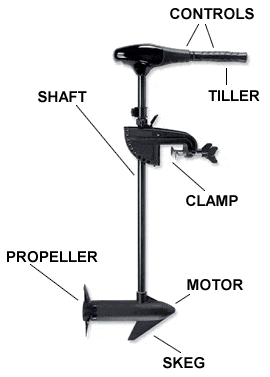
When you want to pick the shaft length you usually want to go with 42”, just to be safe. At this point, you want to identify the distance from the shaft to the water. You will then have to add 16” or 20” depending on the motor and then select the next proper measurement. It’s a good idea to go with the longer shafts as they operate a lot better especially in the rough water. If you do that, the prop will stay at around 6” below the surface when the boat rolls and pitches. It’s important to fine tune the vertical position of the motor with a good mount adjustment, just to be safe!
As for the motor size, choosing the larger size is always the better option when it comes to trolling motors. But you have to consider the fact that larger motors need more fuel, so you will have to consider that among other costs. It’s also a good idea to opt for the larger motors because they work great even at lower speeds and you can deal with currents, waves and wind a lot easier.
A good rule of thumb is to go with 5 lb of thrust for each of the 200 lb of the gross weight of your vessel. This way you will not have to worry about any major issues or challenges. You just have the appropriate size that will handle that motor efficiently and with great success.
As for power consumption, it all comes down to the size of your boat. The key thing here is that larger motors will require a large battery capacity. The 36V motor is maybe the best option for people that want to spend a lot of time on the water. Yes, there are some disadvantages if you want a larger motor, but it always pays off and it will be a great idea to focus on, to begin with.
Ideally, you want to create a list with all the current features of your boat, the places where you want to go fishing and anything in between. It will certainly help you a lot as you try to find the best locations where you can go fishing and the results will be extraordinary all the time. It’s definitely a wonderful opportunity to consider and the results can pay off very well.
What Is Trolling Motor Thrust?
Thrust is maybe the most important feature for a motor. It’s basically the standard way to figure out just how powerful that motor really is. Normally, if the motor is large and heavy, it will have more thrust. It’s important to avoid getting a trolling motor that doesn’t have a lot of thrusts. If you do that, you will end up with problems, so try to take that into consideration as much as you can and results will be great for sure. If you spend a lot of time fishing, then the last thing you want is to deal with a motor that’s not efficient and sluggish. Opting for a powerful motor might not feel that amazing at first, but it will pay off very well in the end.
Since you want at least 2 lbs of thrust at every 100 lbs, you do want to go with as much thrust as possible based on the boat weight and size. The fishing conditions and style matter a lot too. If you’re the type of person that fishes on a lake, then you don’t need a lot of thrusts. But if you’re actually the person that fishes on fast-moving waters, you want to have more thrust. After all, more power will not hurt anyone, and that’s definitely a crucial aspect to consider all the time.
Why Is It Called Trolling?
The reason why trolling fishing has this name mostly comes from the type of motor used, which is a trolling motor. You are moving slowly through the water and the outriggers are used to spread the lines. You are trolling the water basically while also reducing the chances of tangling anything, and that’s really important to consider. The downriggers can be used to maintain your lures or baits at any particular depth if you want. That will allow you to maintain a true focus on fishing the right way and it will eliminate the need to use nets or anything like that.
Plus, you get to control the depth and that makes a major difference. This way you can focus on catching a very specific type of fish, so try to keep that in mind if possible. The idea is to understand what you are getting into and the experience will surely shine. It’s never going to be easy to achieve great results while fishing without experience, but trolling does make the process better, simpler and more convenient. It’s unique, distinct and it allows you to push the boundaries all the time.
How Fast Should You Go When Trolling?
Just like distance, trolling speed will differ based on your boat. But the trick here is that you want your lures and your baits to work as a complete unit. The lures have to be trolled in order to create air pockets in front of them, something named the smoke trail. As you can imagine the weight, shape, size, and type of lure you use will make one major difference in here, so try to use that as an advantage.
Some of the lures are great for calm water, others are better for rough conditions. That’s the reason why you want to go with lures that match the tackle size, as that will help you acquire the desired effect. In addition, the regular lure trolling speeds will be anywhere from 6 to 12 knots most of the time. You want to check the lure types, conditions, speed, and RPM and then you will figure out the optimal speed via a trial and error approach.
What you need to keep in mind is that most of the time baits are trolled at lower speeds. If you have surface or skipping baits, you want those to break the surface and even splash without being for a lot of time in the air. If they are in the air for a long time, that means you are going too fast. If you add small lures or skirts in front of the baits, you won’t have them wash out so fast. It certainly works quite nicely and it’s the type of thing that you can adapt and enjoy at your own pace, which is very interesting and exciting.
What’s The Best Trolling Speed?
Believe it or not, the actual speed that you are trolling in plays a big part on which type of fish you will catch. One of the most common mistakes I have heard people say is that they tend to set their trolling speeds way too fast. You’ll have to test some different speeds for yourself, and see which works best for you with the type of bait and lures you are using.
Here is a general idea for some popular trolled fish, to help give you an idea of how fast you should try going:
- Walleyes – 1.5 mph to 2.5 mph
- Mahi – 6 mph to 13 mph
- Pike – 2.5 mph to 3.3 mph
- Kingfish – 5 mph to 6 mph
- Rockfish – 2.5 mph to 3 mph
- Muskie – 1 mph to 2 mph
- Lake trout – 1.7 mph to 2.0 mph
- Kokanee – 1 mph to 1.4 mph
- Salmon 1.5 mph to 2.5 mph
- Rainbow 2.5 mph to 3.5 mph
- Marlin – 9.5 mph to 11 mph
How To Troll Fish In Lakes
If you are fishing for lake trout, for example, you would want to go out and fish in about 20 – 30 feet deep waters. Set the trolling speed based on what type of fish you are trying to catch. Without using any weights, downriggers, or planer boards, toss out about 100 feet of line behind the boat. Now just sit back with your rod facing downward in the water to maximize the depth, and wait for a bite.
What Is The Difference Between Trolling And Trawling?
These two notions are interchangeable most of the time, so it can be very hard to figure out which is the right meaning in a particular situation. We are here to explain everything and let you know the exact meaning and what word to use depending on when you want to do that.
A trawl is a verb. It usually comes with 2 meanings, to fish by dragging a net through the water and to search for something. Trolling, on the other hand, means dragging something through water, especially in the case of fishing with a lure. But you can also use trolling in situations when you want to bother someone on purpose or to sing loudly.
You can use either of them, they have pretty much the same meaning although based on the context you can use one or the other. That being said, trolling is usually connected to lures, so whenever you use lures in that context you can use this word. If you don’t use lures, you can easily use trawling.
Conclusion
Trolling is one of the most interesting ways to start fishing today. Although there are some technicalities to consider when it comes to choosing the right boat and how you can start fishing, the reality is that this is a cool fishing method. It’s definitely hard for newcomers, but it does provide you with some amazing results and it’s just a pleasure to use and explore. You should definitely consider giving it a try and you will be more than happy with the results and the way it works. Rest assured it’s a very interesting, unique fishing method that you should test out soon.
